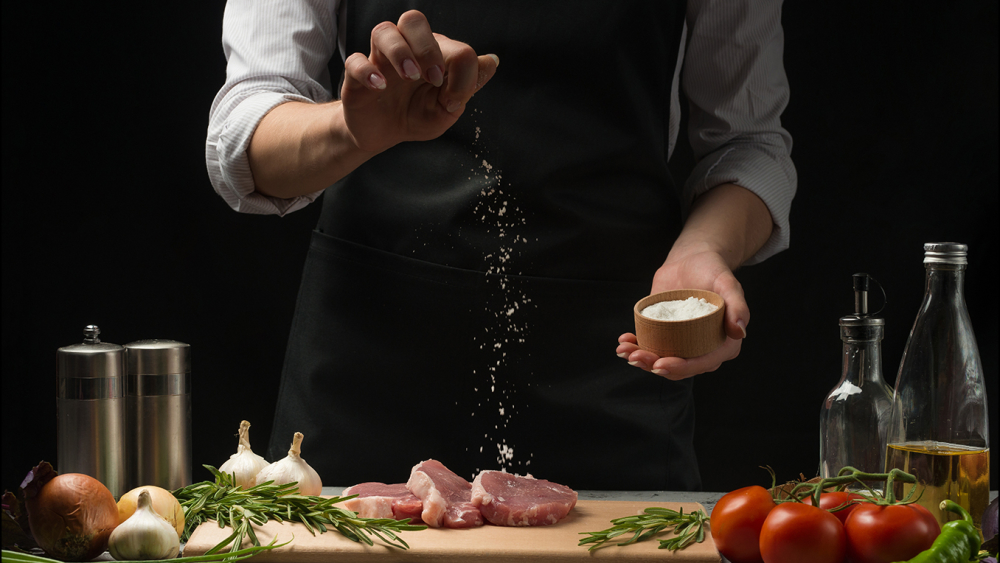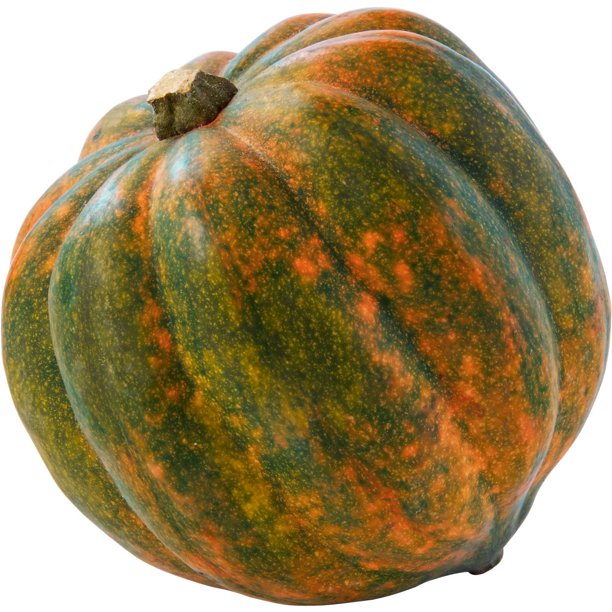
The julienne is a common cut when you prepare a salad or other dish that requires a similar-thickness vegetable strip. To prepare this type of cut, simply slice the vegetable into thin strips and stack them one on top of the other. Juliennes work well with leafy greens. To make this, roll the leaves into a tube and cut them into thin strips. After that, stack them.
Brunoise
Although most restaurants prefer to use julienne to prepare their vegetables for cooking, the brunoise can be used as an alternative. This technique allows vegetables cut into 3mm cubes. This is particularly helpful for vegetables like potatoes that are often more difficult to cut than other kinds of vegetables. These are some tips for those who aren't sure how to do it.
Chiffonade
Chiffonade is a French cooking technique whereby thin strips of leafy vegetables or larger herbs are cut to resemble a sliver. Chiffonade is a French term that means "in rags", but it looks much better than rags. It can be made with a variety green thin leaves, such as spinach, sorrel, or radicchio.

Oblique
Chopping and slicing vegetables is a basic process that is relatively easy. How do you ensure they cook evenly and evenly? Oblique cutting ensures that the vegetable's surface area is more exposed to heat. This type of cut, also known by a roll-cut, allows you to make pieces that are identical in size and shape but not uniformly. This tutorial will show you how to make an Oblique Cut in your own kitchen.
Paysanne
The Paysanne method for cutting vegetables is demonstrated and you will be tempted to give this a try. This method allows you to slice vegetables like butter using a tiny stick. You can eat small butter pats. This demonstration used a daikon-radish vegetable. However, if you prefer a more sophisticated cut, use a chef's knife. The blade should always be razor-sharp.
Oblique cut
If you love to cook and are looking for a new cut to add to your vegetable repertoire, you should learn how to make the oblique cut. It's an easy technique that will give vegetables a more uniform and even cooking time. Oblique cuts are also known as roll cuts, and they are easy to master. These cuts are useful for stir-frying, roasting, and glazing because the exposed surface area creates a more appealing look and texture.

Julienne
To julienne, cut vegetables, you'll first need to peel them and then wash them. They can be cut lengthwise into strips that measure approximately 0.3 cm to 1.5 cm. To create matchstick-like strips, stack multiple strips on top of one another. For stir-frying, juilled vegetables are perfect for use in all kinds of dishes. Any type of vegetable can be julienned, including peppers, cucumbers and potatoes.
FAQ
What does it take to become a chef in the United States? What's the average career path for a chef?
A chef's career takes about five years. In this period, you will learn basic cooking skills and experience as a kitchen assistant. You can apply for line, sous or executive chef positions after you complete your training. The salary range for a chef is between $25,000 to $60,000 per annum.
How can I motivate myself to cook?
It's fun to cook for your friends and family. Cooking for your own family is much easier than making meals for others. Try making something new if your goal is to become more motivated to cook. This will allow you to discover new recipes and techniques. Also, you can use recipes from different cultures to expand your culinary knowledge.
Are there any ingredients I can buy to cook?
You don't need to buy every ingredient. Many grocery stores carry pre-made sauces and items that can be used as substitutes. Premade meals are an option if you're looking for a way to save some money.
What is the best way to learn to cook?
Cooking can be something everyone should master. You'll miss out on delicious meals if your skills are not up to par. The first thing you need to do when learning to cook is to find a recipe that you like and follow it closely. Next, practice making small changes until you are comfortable cooking the dish. You can also try cooking for other people. This will help you improve at cooking and also allow you to test your skills.
How Do I Learn About Cooking?
You can find cooking classes all across the country. Many schools offer courses on baking, pastry, or wine tasting. A local community college, vocational school, or private institution can offer classes in cooking.
Statistics
- under 10 Kids have been taught that there is special food just for them, and Fiese says that 10 percent of kids will throw a tantrum if they don't get the food they want. (washingtonpost.com)
- In the United States, the category is estimated at $23.2 billion annually and is growing faster than the market. (washingtonpost.com)
- You'll be amazed that over 90% of CIA students receive scholarships and grants to finish their culinary studies. (ischoolconnect.com)
External Links
How To
How to make a perfect Omelette
Omelets are my favorite breakfast dish. How do you make them perfect? I've tried many recipes and different methods but none have worked. I have some tips and tricks to help you make delicious, fluffy omelets every single morning.
When making omelets, it is important to be aware that eggs can be temperamental. Eggs must be purchased fresh, preferably organic, and kept chilled until ready for cooking. You must keep them cool enough to allow the whites to form properly and the yolks to become too runny if they're not kept at the right temperature. Your omelets will look strangely colored if this happens. If you intend to cook your eggs immediately, it's best to use room-temperature egg.
You might also try separating the egg before adding to the pan. Because this could cause your omelet to become curdled, you don't want any yolk to be mixed with any white.
You could end up burning the bottom half of the egg if the egg is added directly to the heat source. Instead, heat the egg for 10 seconds in the microwave before placing it in the pan. The microwave heat is sufficient to cook the egg without overcooking.
Next, let’s talk about mixing the egg. Mix eggs well together. You can do this by turning the bowl of your mixer upside down. Now shake the bowl vigorously. This way, the air inside the bowl gets whipped around and mixes the egg thoroughly.
Now comes the fun part - pouring the milk into the mixture. Fold the eggs in the milk mixture by first pouring half of it into the egg whites. Don't worry if there are still streaks of egg visible; these streaks will disappear once you flip the omelet.
After you have folded the eggs, heat the oil in a pan over medium heat. Once the oil has started to sizzle, turn the heat down to low. Add 1/4 cup butter to the oil and swirl it around to coat all sides of the pan. Open the lid and sprinkle salt on the pan. A pinch of salt will help prevent the omelet from sticking to the pan.
Once the omelet forms, cover the pan again. Let the top side set completely. Flip the omelet by using a spatula. Cook the other side for another minute or two. Take out the omelet and place it in a bowl.
This recipe is best made with whole milk. However, it can also be used with skimmed milk.